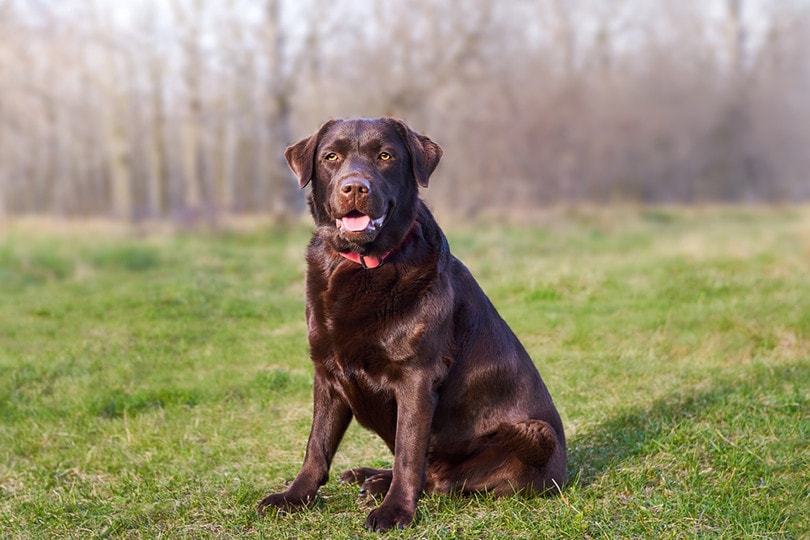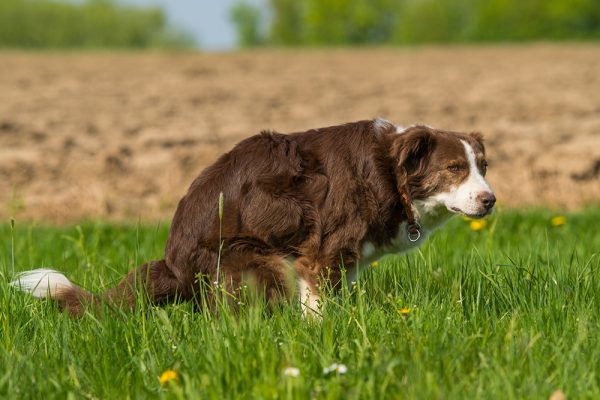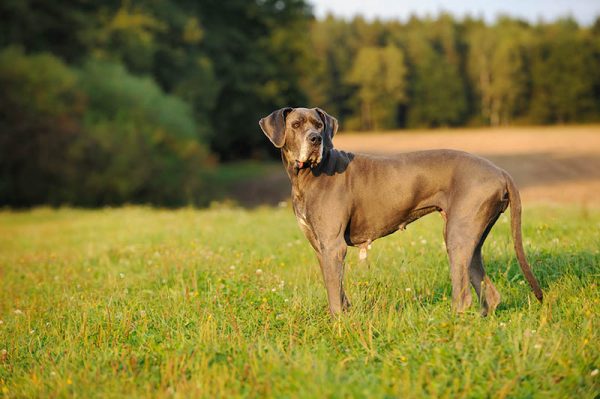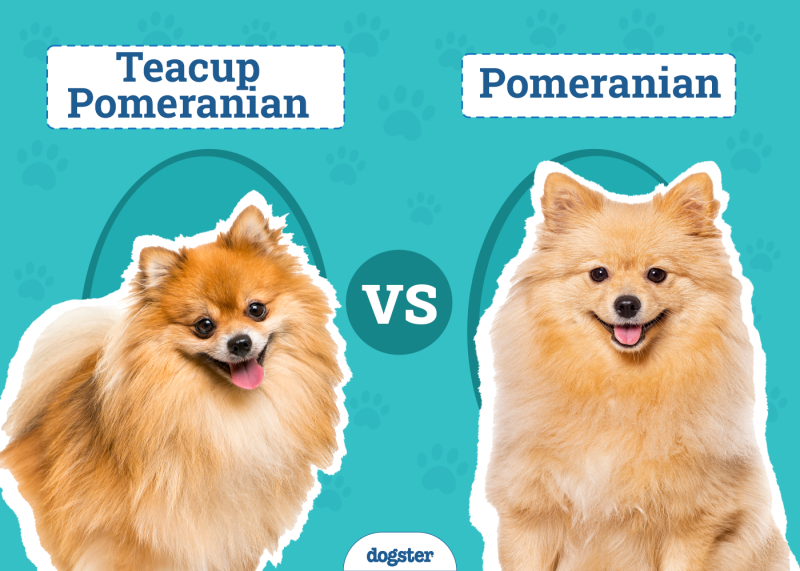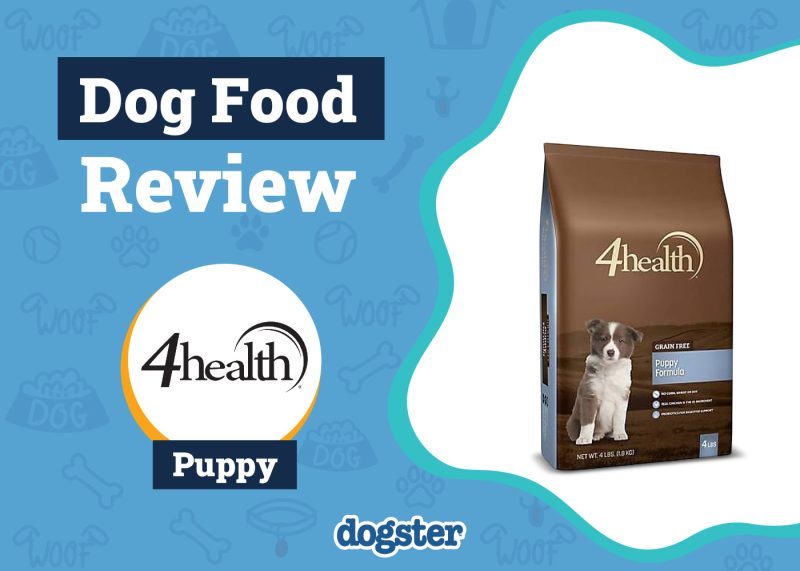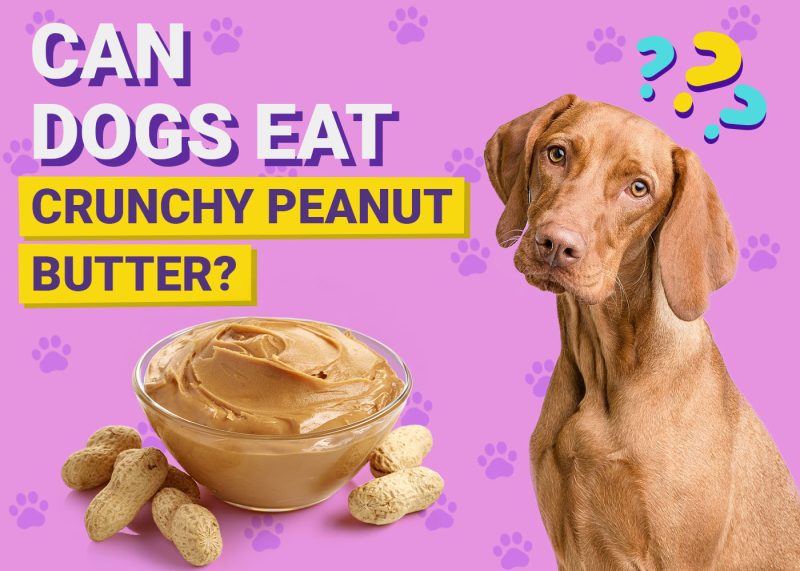Labradors are pretty heavy shedders. In fact, these dogs shed pretty much year-round. You’ll probably notice a decent amount of hair around your home when you have one of these canines. Therefore, if you are strongly against dog fur, we don’t recommend adopting a Labrador. These dogs and a fur-free home just aren’t going to mix.
With that said, these dogs do not shed the most. Instead, German Shepherds are typically considered to have that title. Still, these dogs do come very close to “excessive shedding.” There are some things you can do to prevent your Labrador from shedding quite as much, however, there isn’t anything you can do to prevent shedding from occurring altogether.
You’ll likely need to brush your dog regularly to help reduce the amount of loose fur floating around. We recommend brushing at least every other day. However, many owners decide to brush every day to help reduce shedding even more.

How Long Does Labrador Shedding Last?
Sadly, Labradors shed all the time. Technically, these Labradors shed in the spring months when they lose their winter coat. Then, they shed again in the autumn when they lose their summer coats and bulk up. However, these seasons often extend to meet one another, which means that your Labrador may very well shed all the time.
We don’t recommend expecting your Labrador to quit shedding at any point. Instead, you should keep up a regular brushing routine throughout the year. You’ll also have to continue any cleaning routine you implement to reduce the amount of hair laying around your home.
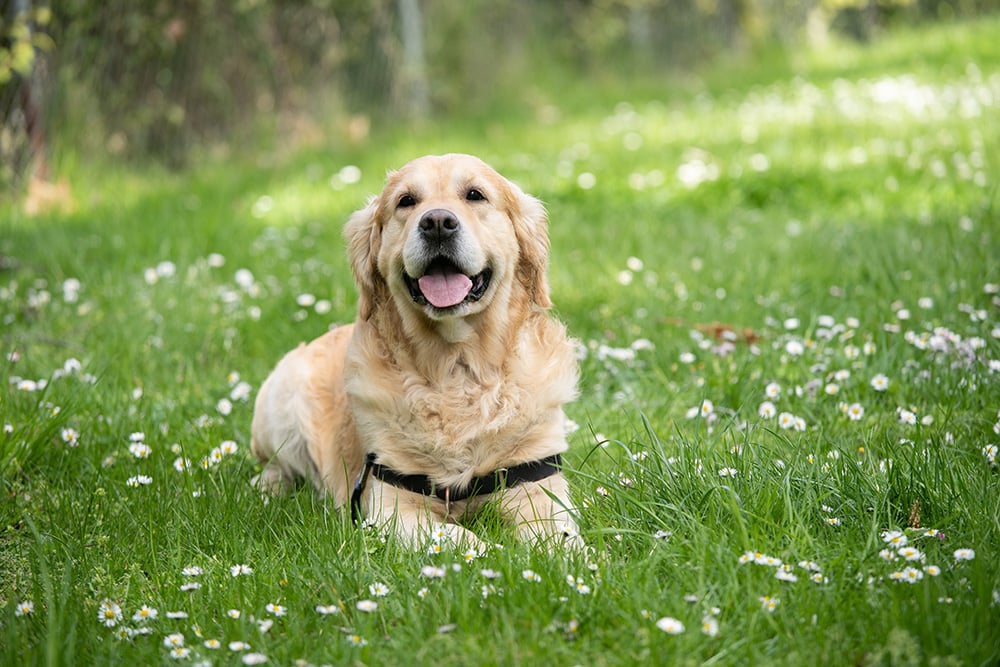
How Do I Stop My Lab from Shedding?
There is no way to completely eliminate a Labrador’s shedding. However, there are a few things you can do to help reduce the shedding as much as possible.
Grooming
We recommend grooming your dog regularly. Usually, this means you’ll need to brush your Labrador at least every other day. If you stay on top of this routine, this will only take a few minutes. However, if you stray from the routine, you may find a build-up of fur during the next brushing section.
Of course, how you groom your dog matters. We highly recommend getting an appropriate de-shedding brush and using it properly. Slicker brushes work well in this regard. However, if you go with a traditional de-shedding tool, we recommend asking a groomer how to use it. These tools can cut your dog’s fur if not used correctly, which can leave your dog with a patchy coat.
You should also bathe your dog occasionally. We don’t recommend bathing your dog that much, as it can dry out their skin. However, every other month is often a good schedule. You can bathe your dog at home or take them to a groomer. Either way, invest in a good shedding shampoo to help reduce fur loss.
Diet
Nutrition plays a large role in shedding. If your Labrador is on a low-quality diet, they may shed more than average. Therefore, it is vital that you choose quality food with few fillers. A grain-inclusive food is recommended unless your dog is sensitive to grain (which is uncommon). However, the bulk of the food should be a named meat product of some sort.
You should also look at the added ingredients, which can play a huge role in shedding. We recommend choosing a food with added omega fatty acids. These may help improve skin and coat health, which can reduce shedding. Fish-based foods are high in these. However, many other diets include fish oils to increase the omega fatty acid content.
Also, be sure that your dog isn’t sensitive to any ingredient in their food. Often, dog food allergies are associated with skin issues, which can lead to excessive shedding. If your dog is itchy for no apparent reason, there is a good chance they have food allergies.

Hydration
If your dog is dehydrated, you may find that their skin is drier. This dry skin can also lead to increased shedding. Dogs tend to shed more when they are dehydrated for this reason. Dogs may be dehydrated for all sorts of reasons.
Of course, if you don’t provide your dog with water, they will become dehydrated. However, even if water is provided, dogs left outside during hot weather may still become dehydrated. Plus, some dogs simply don’t drink enough even when water is given. Therefore, we highly recommend keeping an eye on your dog’s water to ensure they are drinking enough. Don’t just assume they are because water is there.
Some dogs like to drink out of a water fountain. In this case, you may find that using a water fountain instead of a bowl increases your dog’s water intake. These are often inexpensive and can help keep the water clean. You can also purchase dog-safe drink flavorings to prevent dehydration.
Flea Treatments
Fleas make dogs itchy, and scratching increases shedding. Therefore, it’s important to keep your dog from attracting fleas. Even one flea can irritate your dog and increase their shedding. A vet-approved flea preventative is recommended.
Of course, don’t choose a low-quality preventative, as this can actually harm your dog’s skin. This is one area where you don’t want to skimp.
Can You Shave a Labrador?
Many pet parents wonder if they can shave their Labrador to decrease shedding. After all, if the dog doesn’t have as much hair, the shedding should decrease, right?
However, shaving your Labrador is not recommended by any means. These dogs have a double-layer coat. The top layer is made of guard hairs that protect the pet from the weather. The bottom layer is dense and soft (it’s also the one that tends to shed the most). When the dog is shaved, the top coat is cut down to the same level as the bottom coat. Therefore, the top coat isn’t able to do its job.
Shaved Labradors will have a harder time regulating their body temperature. Furthermore, their skin health may suffer as they are more exposed to the elements. Therefore, shaving your dog may actually increase shedding.

Conclusion
Labradors shed a lot—and there isn’t much you can do about it. No matter what you do to your Labrador, they will shed. Therefore, we don’t recommend purchasing one of these dogs unless shedding is okay with you. They’re best for those who don’t mind living alongside dog fur.
With that said, there are a few things you can do to reduce shedding a bit. A regular brushing routine is absolutely necessary for these dogs. Furthermore, you should feed your dog high-quality food that’s free from any allergens. Omega fatty acids can help, as well, and are included in many quality diets. Hydration can also help to some extent.
- Related Read: How Much Do Cocker Spaniels Shed? Facts & Care Tips
Featured Image Credit: Zontica, Shutterstock
